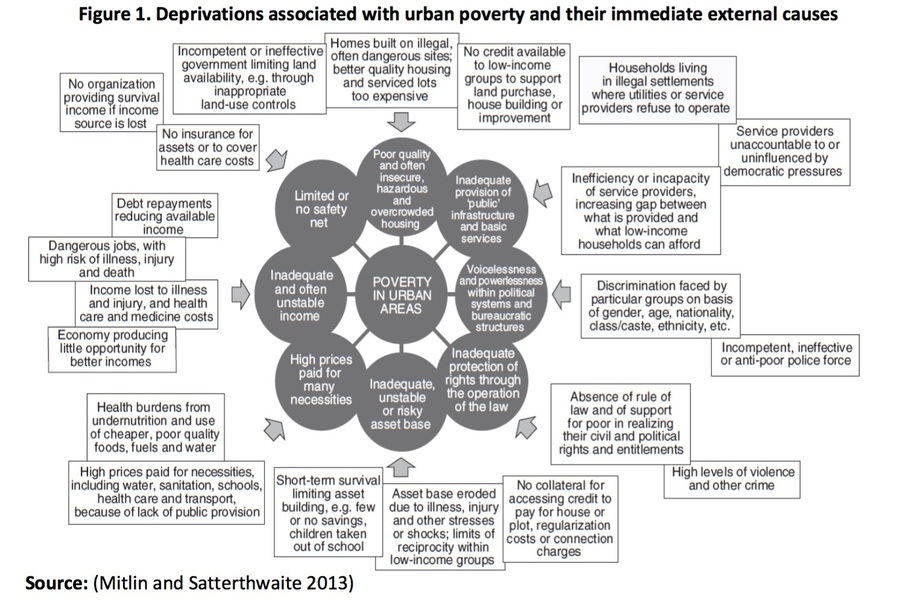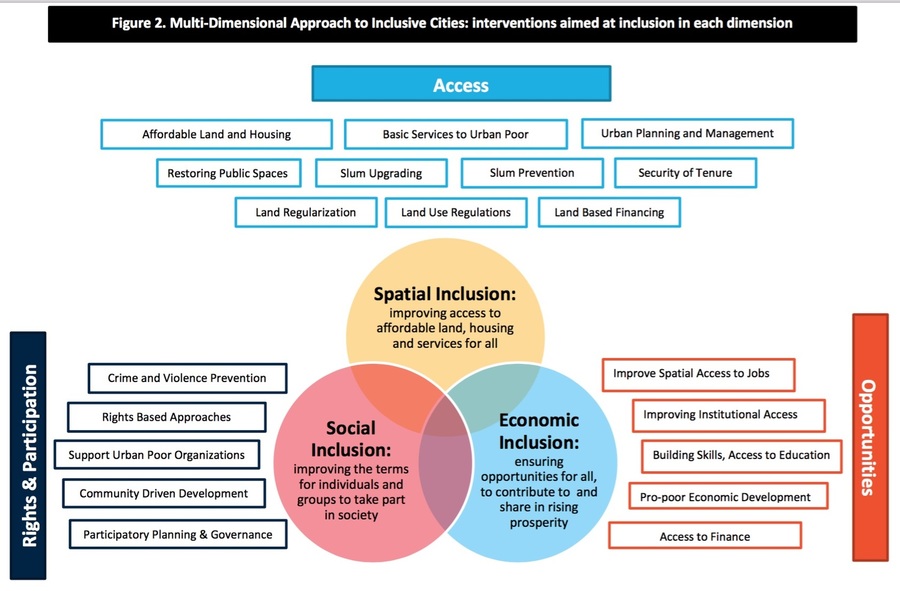Difference between revisions of "World Bank study on Inclusive Cities"
m |
m |
||
| Line 20: | Line 20: | ||
|Category=Diversity | |Category=Diversity | ||
}} | }} | ||
| − | |||
| − | |||
| − | |||
| − | |||
| − | |||
| − | |||
| − | |||
| − | |||
| − | |||
| − | |||
| − | |||
| − | |||
| − | |||
| − | |||
Latest revision as of 16:04, 28 November 2017
The wikipage input value is empty (e.g. SomeProperty::, [[]]) and therefore it cannot be used as a name or as part of a query condition.
People centred urban development
Our use of the notion 'Inclusive City' is inspired by a recent World Bank Study. Although the study is mainly based on research in metropoles in Latin America and Asia it provides a very useful framework for analyzing the situation in a city such as Rotterdam. Although this model requires some 'translation' to the West-European context it is more suitable than most Urban Development concepts. These are in most cases focused on how to develop the city in stead of the people actually living in it. The World Bank framework is people centred.
Download the full report here: World Bank: Inclusive Cities Approach
Links

